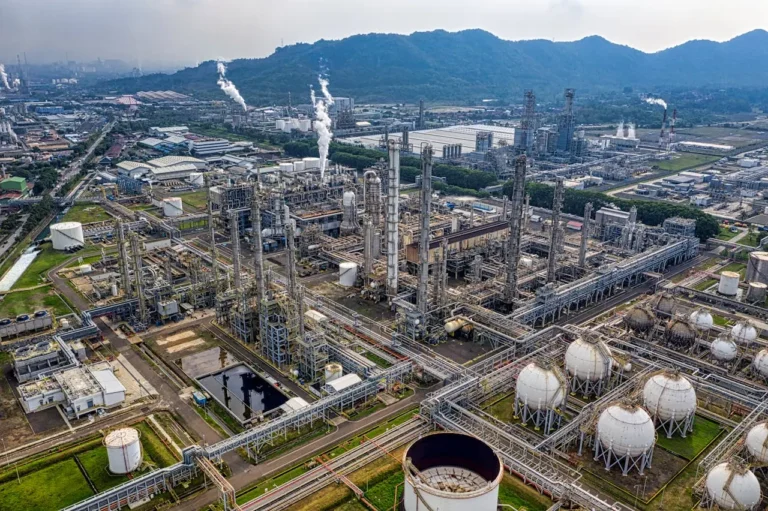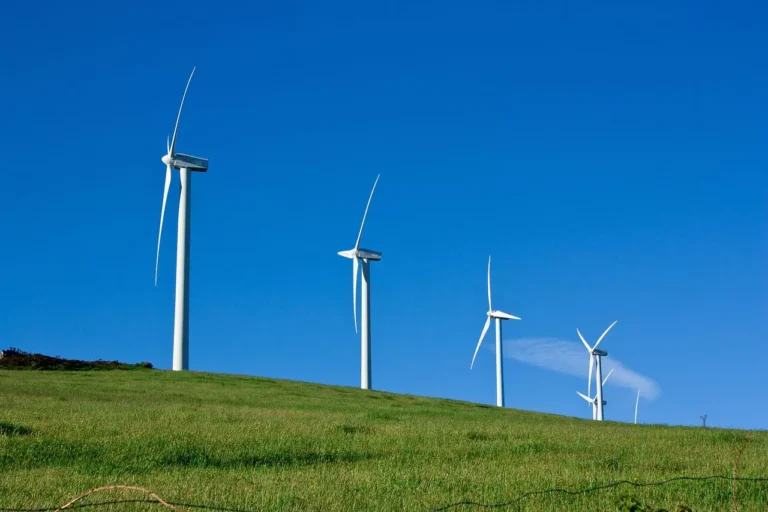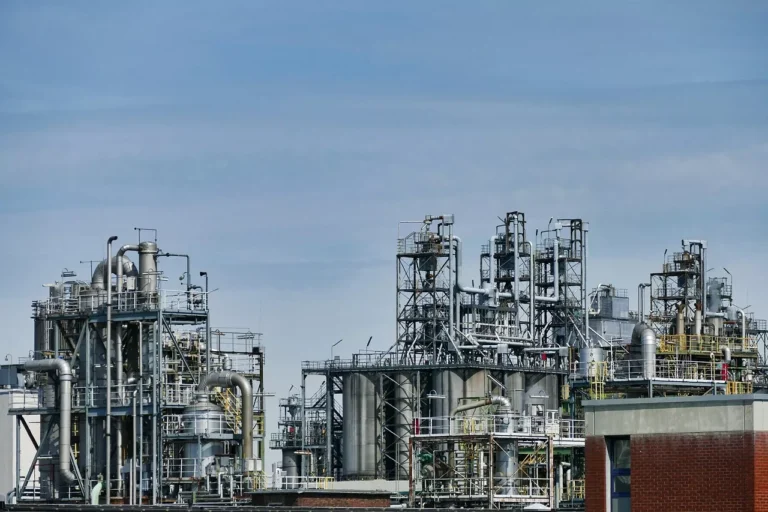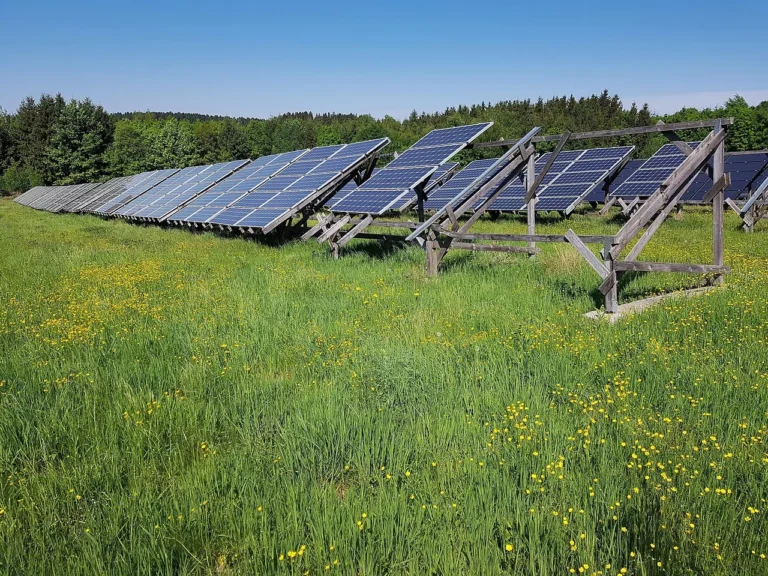
Oil Condition Monitoring Market: Trends, Analysis, and Future Outlook (2018-2033)
Oil condition monitoring is a crucial aspect of industrial and automotive maintenance, providing insights into machinery performance and longevity. This report explores the evolution of the oil condition monitoring market from 2018 to 2023 and offers forecasts up to 2033. It highlights key market trends, competitive landscapes, regional insights, and growth opportunities for industry stakeholders.
Market Overview
Historical Growth and Market Dynamics
Between 2018 and 2023, the global oil condition monitoring market experienced steady growth, reaching a valuation of $1.31 billion in 2023. This growth, at a compound annual growth rate (CAGR) of 4.22%, was primarily driven by:
- Expansion in the automotive and industrial sectors.
- Increased automation and predictive maintenance adoption.
- Rising investments in the oil and gas industry.
- Adoption of digital solutions for condition monitoring.
Challenges faced during this period included a shortage of skilled personnel and the high initial costs associated with implementing advanced monitoring systems.
Future Market Outlook (2023-2033)
The market is projected to expand at a CAGR of 7.63% from 2023 to 2028, reaching $1.9 billion. Beyond 2028, it is expected to grow at an accelerated rate of 8.13% CAGR, reaching $2.81 billion by 2033. Key factors driving this sustained growth include:
- The rapid adoption of renewable energy technologies.
- Increased mining activities and industrialization.
- Greater emphasis on sustainability and energy efficiency.
- Growth in the military and defense sectors.
- The rising adoption of electric vehicles (EVs), influencing new monitoring needs.
Market Concentration and Competitive Landscape
The oil condition monitoring market is highly concentrated, with the top ten companies holding 49.05% of the market share in 2023. Leading industry players include:
- General Electric Company (GE) – 6.73%
- ExxonMobil Corporation – 6.35%
- Chevron Corporation – 5.73%
- Shell PLC – 5.72%
- SGS SA – 5.44%
- Bureau Veritas – 5.10%
- Eurofins Scientific SE (Test Oil) – 4.95%
- Intertek Group plc – 4.12%
- Eaton Corporation Plc – 2.59%
- Emerson Electric Co – 2.34%
With continuous investments in research and development, these key players are focusing on digital transformation, real-time monitoring solutions, and AI-driven analytics to enhance market competitiveness.

Market Segmentation
By Product Type
- Engines: The dominant segment, contributing $425.27 million (32.28%) in 2023.
- Hydraulic Systems: Expected to be the fastest-growing segment, with a projected CAGR of 8.97% from 2023 to 2028.
- Turbines, Gear Systems, and Other Equipment: Critical in industrial applications and expected to show steady growth.
By Sampling Method
- Off-Site Testing: Accounted for 62.37% of the market ($821.66 million) in 2023 due to its accuracy and detailed analysis capabilities.
- On-Site Testing: Poised for rapid expansion with a CAGR of 8.16% (2023-2028), driven by the demand for real-time monitoring solutions in remote and critical operations.
By End-Use Industry
- Oil and Gas: The largest sector in 2023, generating $441.17 million (33.49% share), with continued investment in upstream and downstream operations.
- Transportation: Expected to be the fastest-growing industry, with a CAGR of 9.13% (2023-2028), driven by electric and autonomous vehicle adoption.
- Mining, Energy & Power, and Industrial Applications: All experiencing increased reliance on condition monitoring to enhance efficiency and reduce downtime.
Regional Market Insights
- North America: The largest regional market, valued at $523.23 million (39.72% market share) in 2023, driven by advancements in industrial automation and predictive maintenance technologies.
- Asia Pacific: Expected to be the fastest-growing region with a projected CAGR of 9.25%, led by manufacturing expansion in China, India, and Southeast Asia.
- South America: Forecasted to grow at 8.92% CAGR, supported by increasing oil exploration and industrial activities.
- Africa & the Middle East: Anticipated growth rates of 8.52% and 8.47%, respectively, due to rising infrastructure investments and oil production expansions.
Key Industry Trends
- Integration of Real-Time Sensing Technology: Innovations in sensor technology allow immediate analysis of oil quality, reducing operational disruptions.
- Growth in Remote Monitoring Solutions: Companies are adopting IoT-based platforms for continuous oil condition tracking without human intervention.
- AI and Machine Learning Adoption: Predictive analytics enhance maintenance strategies, reducing unexpected failures and repair costs.
- Advancements in Laboratory Analysis: Improved precision and speed in off-site testing are refining industry standards for oil condition assessments.
- Sustainability and Eco-Friendly Lubricants: Increasing demand for biodegradable and synthetic oils is driving new monitoring techniques.
Strategic Recommendations for Industry Players
To capitalize on emerging opportunities, companies should focus on:
- Investing in AI-powered predictive maintenance tools.
- Expanding remote and real-time monitoring solutions.
- Developing cost-effective and scalable laboratory testing services.
- Strengthening presence in high-growth regions like Asia Pacific and South America.
- Partnering with OEMs and industrial manufacturers to integrate monitoring technologies into equipment design.
- Offering flexible pricing models to encourage adoption across small and mid-sized enterprises.
Growth Opportunities by Segment
- Product Category: Engine oil condition monitoring expected to add $188.71 million in global revenue by 2028.
- Sampling Method: Off-site testing projected to generate an additional $347.31 million by 2028.
- End-User Industry: The oil and gas sector forecasted to contribute an additional $219.56 million to the market by 2028.
- Geographic Expansion: The U.S. expected to witness the highest market growth, adding $170.3 million in revenue by 2028.










